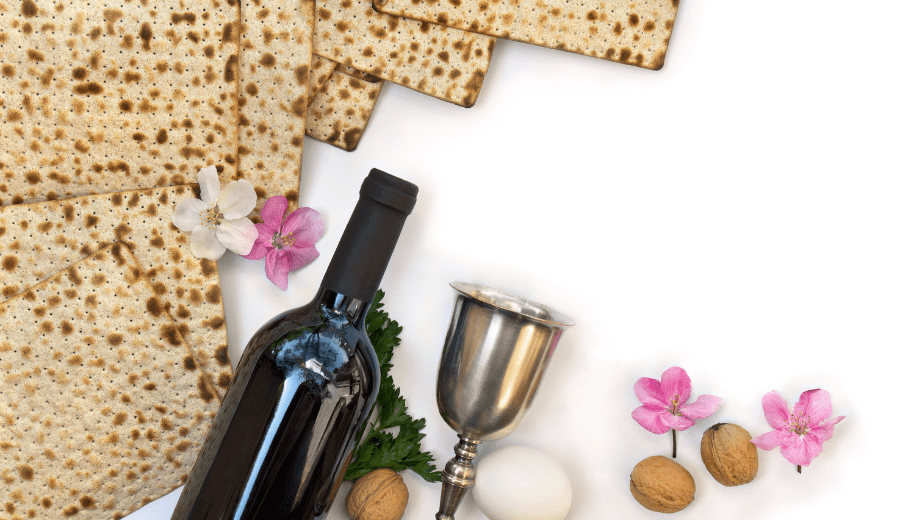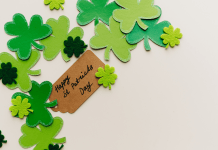Right after I finished high school, I moved out of El Paso for the first time. Being a Jewish person was the last thing on my mind. I was not intrigued by the basic Jewish education I received growing up, so I found myself becoming distant in my Judaism. While this was extremely disappointing to many of my family members, I felt the need to put my religion on the sideline and focus on other things.
I went to college in Los Angeles and then had an incredible opportunity to live overseas with my mom. Wiesbaden, Germany, was the destination. The thought of living there was daunting because I knew that the Holocaust and its horrid atrocities had taken place there years before.
With an open mind, I decided to venture beyond my comfort zone and move to Germany.
The first three months were rough for us. There were quite a few times that I was on the verge of jumping on a plane back to the states. I was shocked to see that, all these years later, there was still antisemitism (hatred toward Jewish people) prevalent in different parts of Germany.
During this time, I realized how important it was to embrace and get involved in my Judaism. It was up to my generation to continue advocating about awareness of the past and peace for the future. I began to understand how important it was for me to share and educate.

I went to anti-Nazi rallies and learned with other Jewish people there, developing a tight network of wonderful friends, both Jewish and non-Jewish. My non-Jewish friends had so many questions and seemed eager to learn all about our history, holidays, and anything about Judaism. My mom and I decided to invite all the friends we had made over to learn about and celebrate the Jewish holidays with us.
The Jewish holiday of Passover was the first holiday when our new friends joined us as guests at our Seder table. And so my journey back to Judaism reignited.
So, imagine celebrating FREEDOM for 3,000 years. This is what the Jewish people do during the Jewish holiday known as Passover (Pesach in Hebrew), one of the most well-known Jewish holidays of the year.

It occurs each spring, usually at the end of March or April. It is also known as the Exodus. The story is recorded in the Old Testament (the five books of Moses, also known as the Torah in Judaism).
» » » » » » RELATED READ: Halloween in Spring? No, the Jewish Holiday of Purim! « « « « « «
This holiday celebrates the freedom of the Israelites (the ancient Jewish people) from slavery in Egypt. We remember how G-D “passed over” the homes and spared the firstborn sons of the Jewish people. We celebrate how G-D took the Israelites out of Egypt where a malicious Pharaoh (King) had enslaved them.
Passover is a dynamic time for Jewish families around the globe to gather, share, and pass along the rich history of their people to their younger family members. Jewish families retell the Passover story in a ceremony and dinner that honors the holiday (called the Passover Seder).
The Seder is designed to give each person the experience of going from slavery to freedom.

A Haggadah (a book about Passover that is read at the Seder) is used to tell the story and explain all the customs. Every family has its own unique Passover customs. The love evening includes enjoying a festive meal that involves the retelling of the Passover story (fleeing Egypt), eating special foods, singing songs, and drinking wine.

Passover is regarded as the “birth” of the Jewish nation, wandering through the desert for 40 years and eventually making it to the promised land of Israel. It is significant to share and pass on the story of the Israelites’ liberation from slavery and all the lessons learned from it.
The opinions expressed in this post are those of the author. They do not necessarily reflect the official policy or position of El Paso Mom, its executive team, other contributors to the site, its sponsors or partners, or any organizations the aforementioned might be affiliated with.









